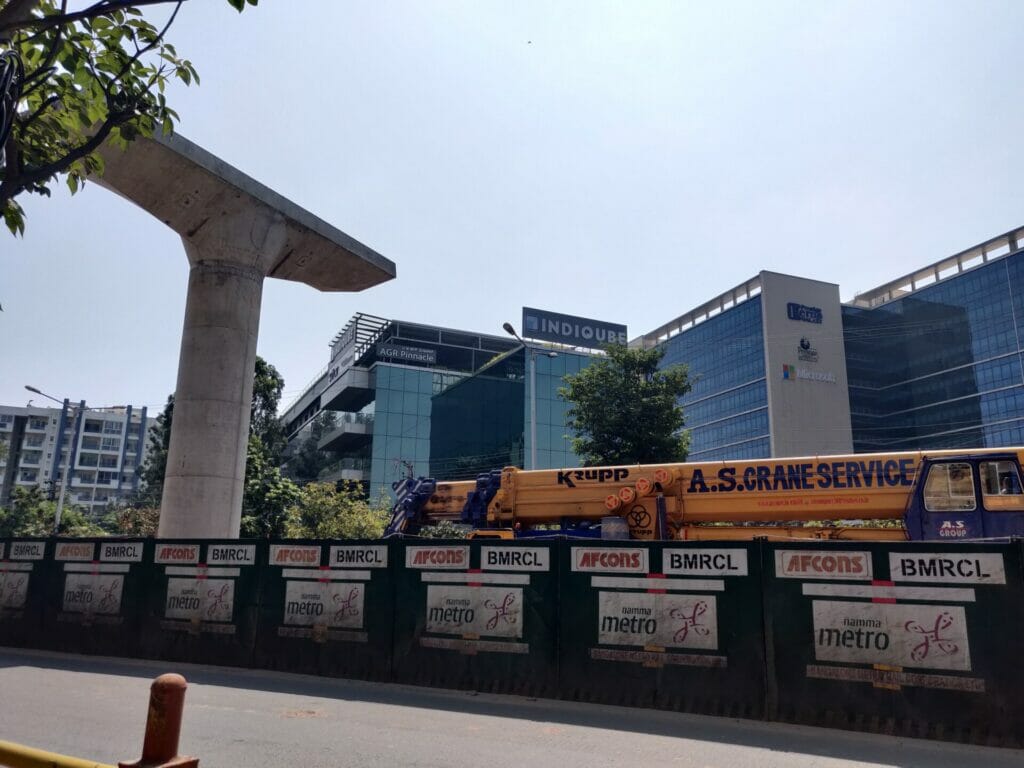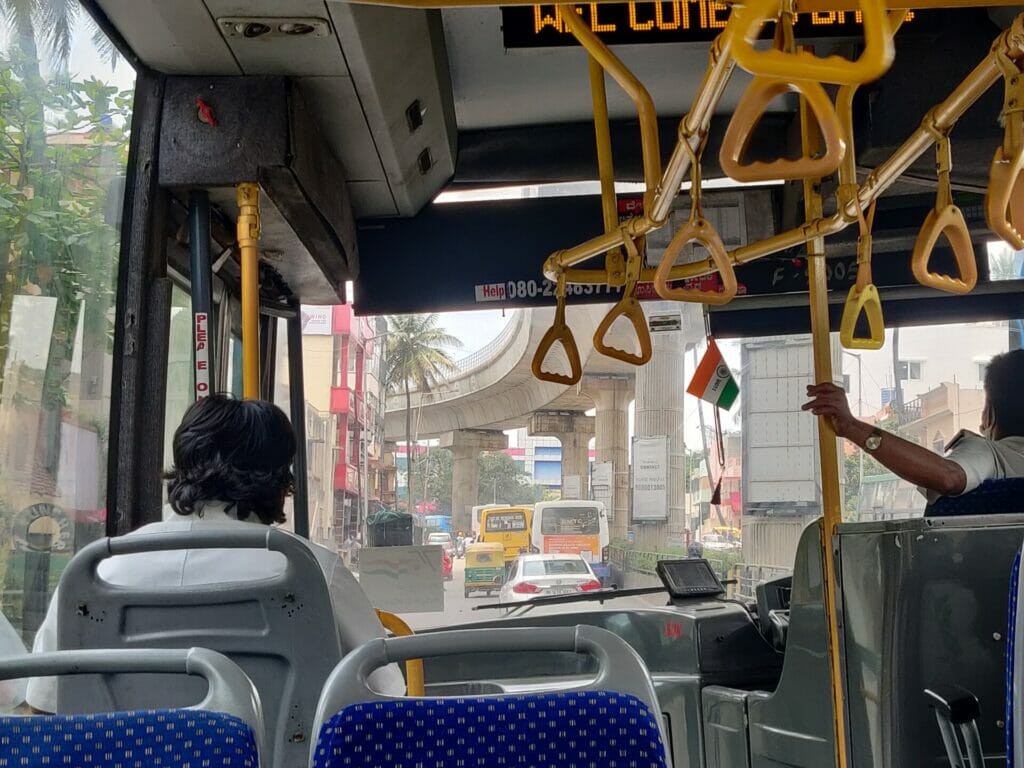Another legislation. Another new Authority called the Bengaluru Metropolitan Land Transport Authority (BMLTA). Ostensibly designed for the regulation of development, operation, maintenance, monitoring, and supervision of urban mobility, within what the bill calls the Urban Mobility Region, by unifying all the different public transport entities into one overarching body.
The BMLTA is just two months old, but has been given its first assignment. The detailed project report of the contentious Sankey Road flyover project, which is strongly opposed by citizens and mobility experts, was handed over to the young BMLTA for evaluation of the feasibility of the project. Its first meeting, to be chaired by the Chief Minister, who is also the chairman of the BMLTA, is likely to be called soon.
The lack of coordination among public transport services has long been blamed for poor traffic mismanagement and the sorry state of road networks in the city. The BMLTA is meant to overcome this shortcoming.
But what exactly are the powers of the newly minted BMLTA? One to achieve this coordination and two, to ensure efficient mobility planning for the city.
The Bill
The National Urban Transport Policy of the Ministry of Housing and Urban Affairs, mentions that the current “structure of governance for the transport sector is not equipped to deal with the problems of urban transport”. It recommends the setting up of a Unified Metropolitan Transport Authorities (UMTAs) to “facilitate more coordinated planning and implementation of urban transport programs and projects and an integrated management of urban transport systems.”
The Bill quotes these lines to justify the setting up of the BMLTA, given the importance of “integrating various functions of institutions and departments to enable holistic transport planning.”

The Chief Minister will act as the ex-officio Chairperson of the authority (BMLTA), with the administrative heads of bodies like DULT, BBMP, BTP, BMRDA, BMTC, BMRCL, etc. being ex-officio members. The Bill also calls for the inclusion of domain experts in urban mobility, law, governance and economy, representatives from civil society organisations (CSOs), and academic institutions with expertise in urban mobility.
The Chairperson is entrusted with the powers of general superintendence.The terms mandate that the Authority will hold a meeting twice a year, with the Chairperson having the authority to call for a special meeting as deemed necessary. The Directorate of Urban Land Transport (DULT) is the Secretariat of the Authority.
Read more: Better mobility design can encourage the use of public transport, cycling and walking
BMLTA’s powers
Among the duties and functions of the Authority, the primary ones are
- To promote seamless mobility through sustainable urban transport
- Integration of land use and transport planning and
- Approve a City Mobility Investment Program that is in accordance with the Comprehensive Mobility Plan
It is also required to draft a framework for establishing an effective coordination mechanism, encompassing all strategic and operational matters among the agencies functioning under BMLTA. This also includes the development of detailed frameworks for financial allocation and management for the agencies.
BMLTA is tasked with preparing norms for engaging the private sector in the planning and management of mobility service delivery, especially through private-public partnerships or other financing mechanisms.

Additionally, the Authority shall have the power to approve all major Urban Transport projects proposed for or in the Urban Mobility Region. “No authority, agency, or department under the State Government shall initiate any PPP project concerning Urban Mobility without obtaining prior approval of the Authority. BMLTA will prepare and implement the
- Parking policy
- Non-motorised transport policy
- Transit-oriented development policy
- Multi-modal Integration policy
- Freight Transport policy
In addition to this, the Authority will prepare a Comprehensive Mobility Plan for the region within two years from the date of its intent. A draft of the Plan shall be made publicly available for inspection, inviting objections and suggestions from any person with respect to the draft plan up to a maximum of two months from the date of publication. “After finalisation of the plan based on objections/suggestions received, the Authority shall submit such plan to the State Government for its approval.”
Devising investment programs, implementation plans
For the Comprehensive Mobility Plan to achieve its goals, the Bill proposes drafting a City Mobility Investment Program that consists of a Sectoral Mobility Investment Program that will be aligned with the goals of the CMP.
The City Mobility Investment Program, which will be part of the CMP, is for planning short to the medium-term achievement of the objectives of the CMP.
An Annual Implementation Plan is also a key objective. This will comprise a list of new projects and ongoing projects to be taken up, yearly expenditure for these projects, and for projects proposed to be taken up that haven’t been approved by the City Mobility Investment Program yet.
Most importantly, a Traffic Management Plan will be prepared every year that will specify a detailed traffic flow plan for road networks for motorised traffic. This will entail signal phase optimisation plans, corridor-based and area-based traffic management plans, and parking management plans, among others.
This document will also act as a guiding document for the enforcement of restrictions on the flow or movement of certain types of vehicles like freight vehicles, vehicles for construction purposes etc. The plan will also account for the seamless mobility of persons with disabilities, the elderly and children.
Part 2 will examine the contentions against BMLTA.